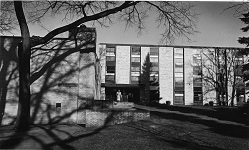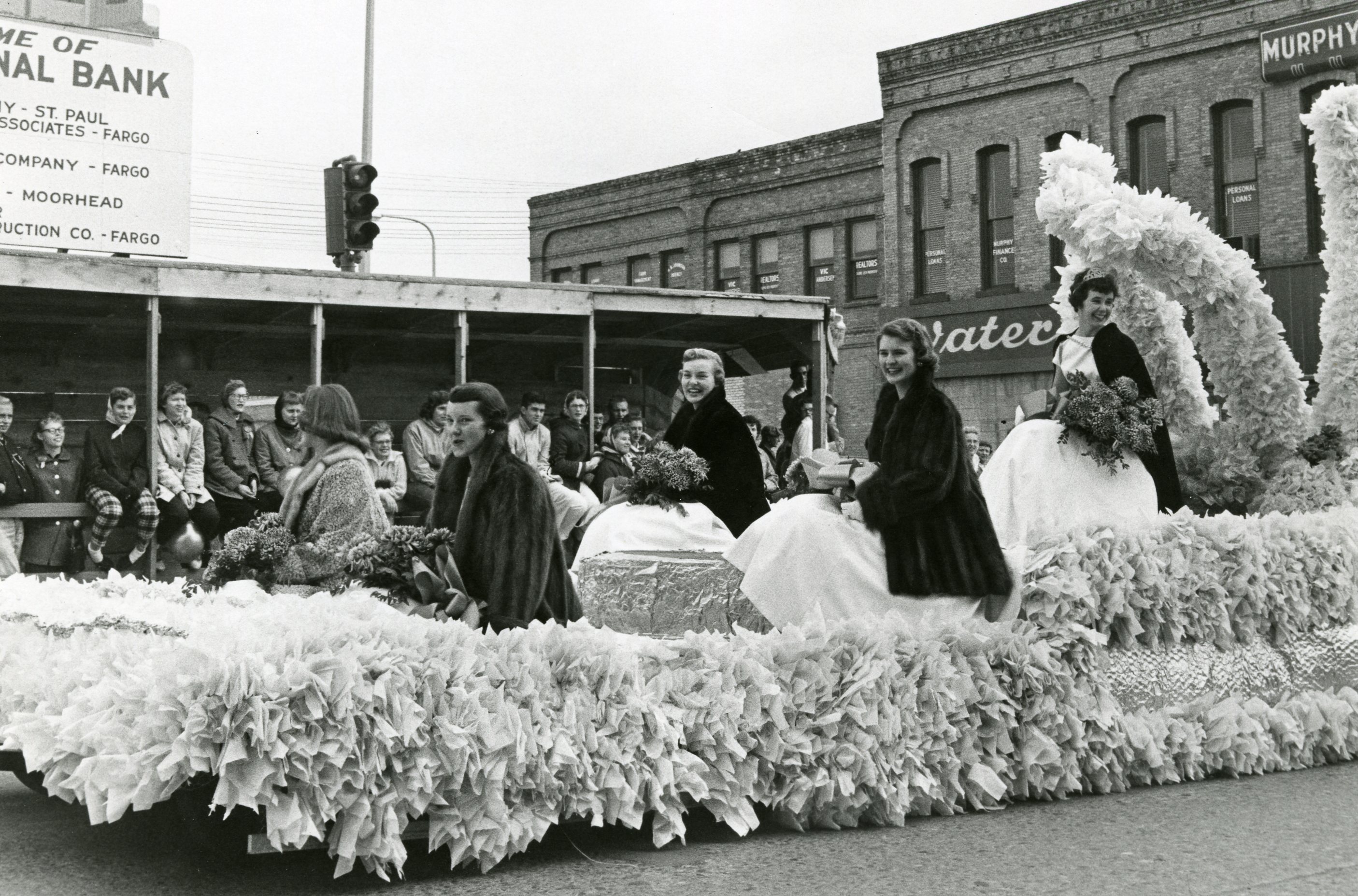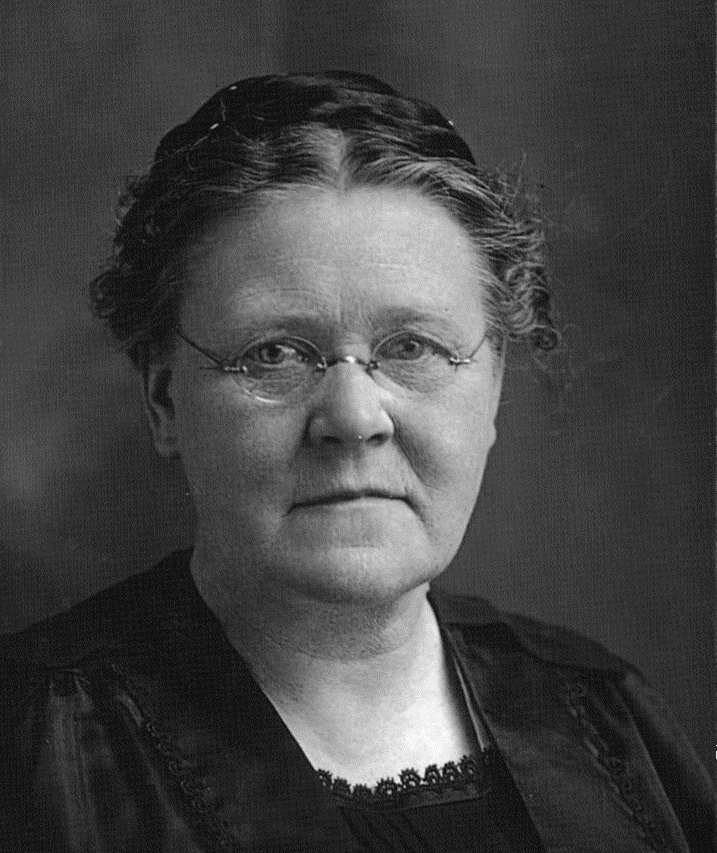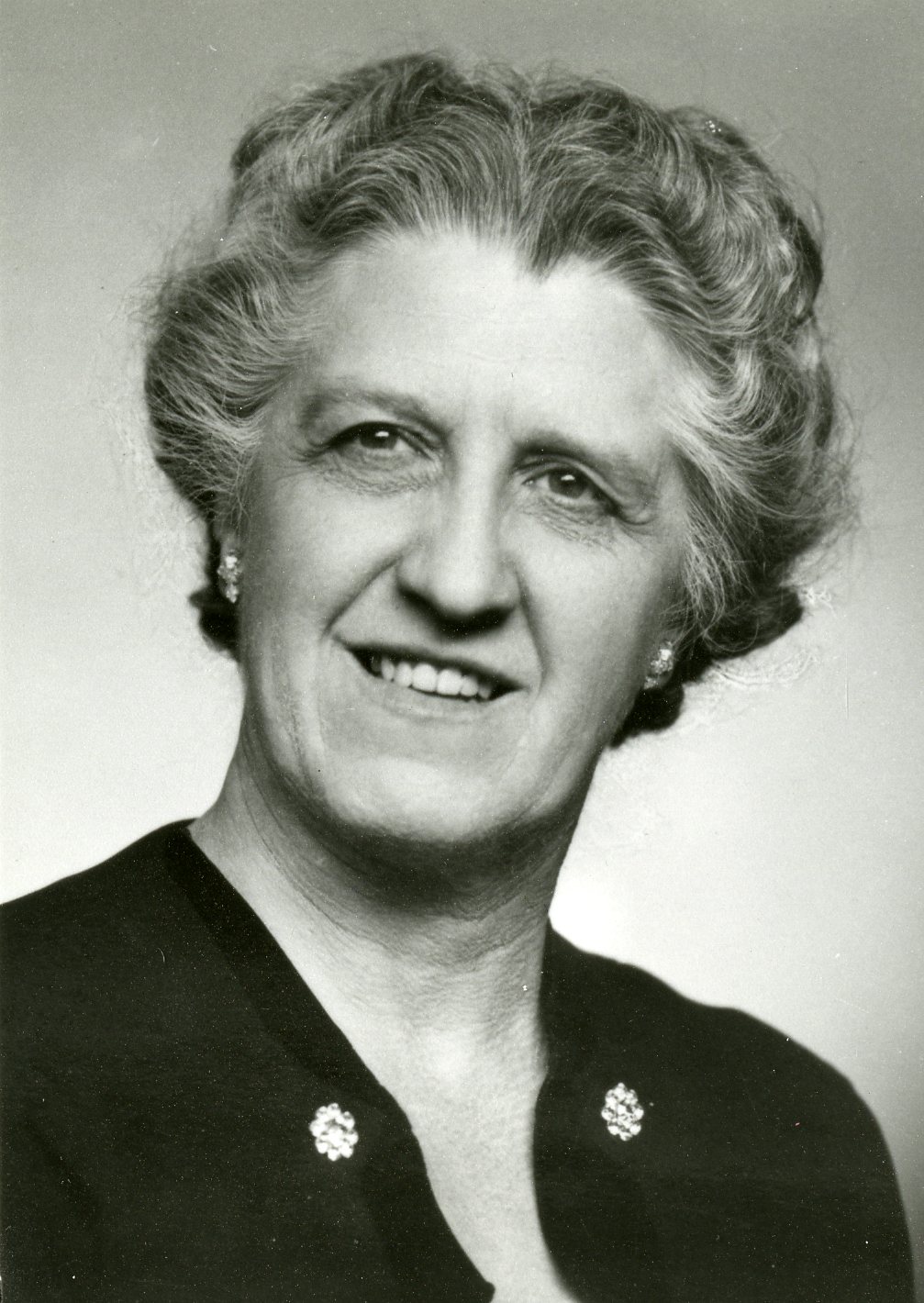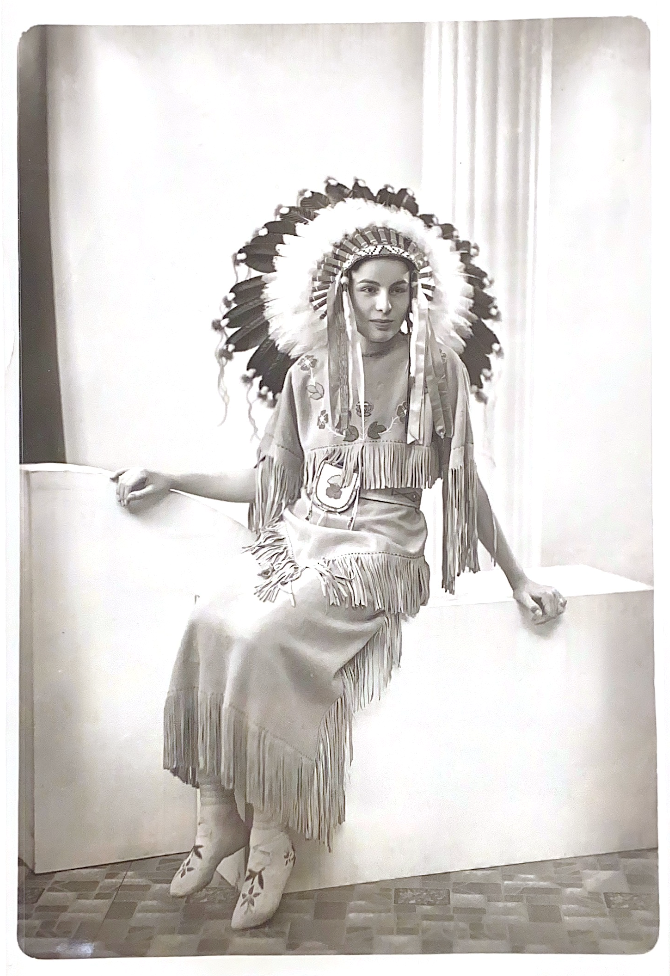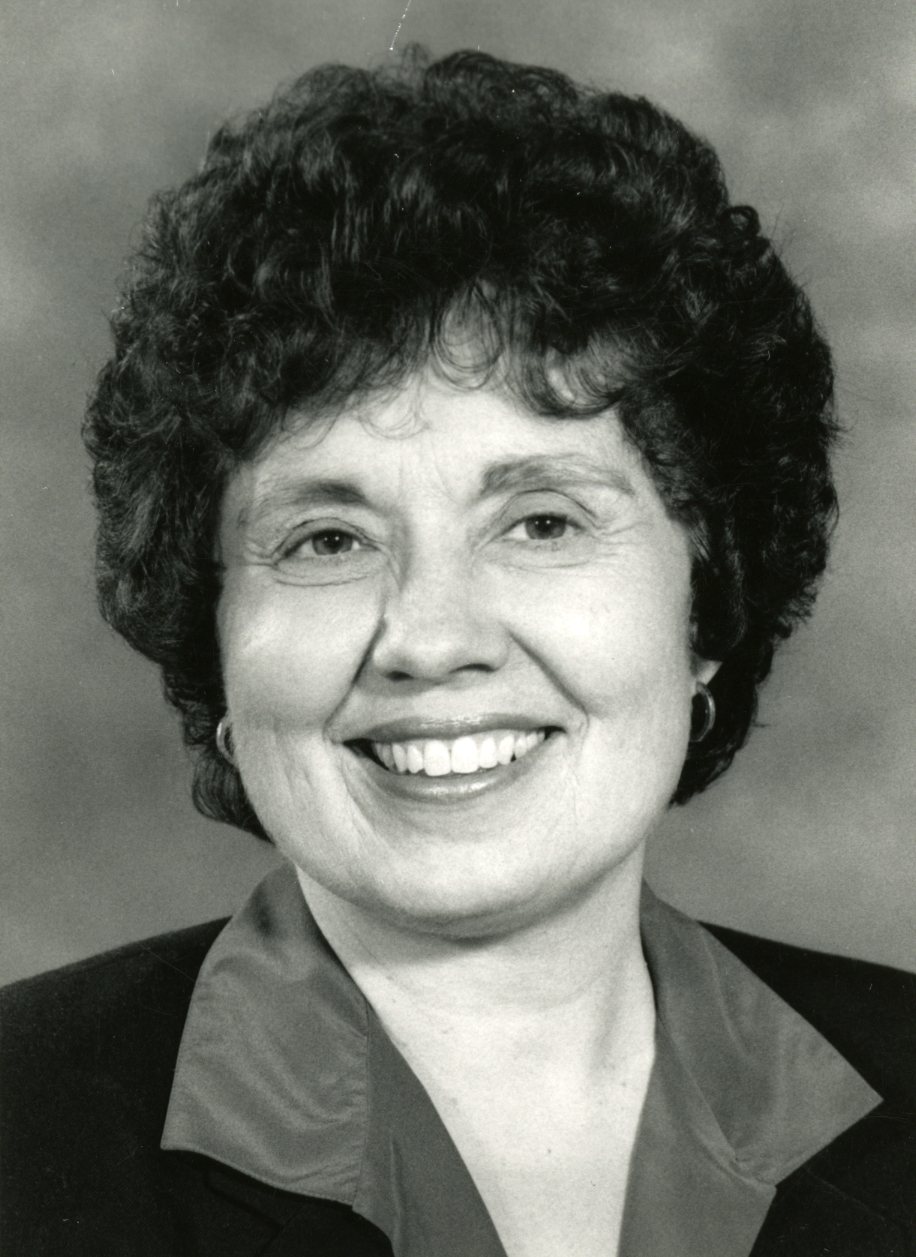 Martha Brennun was a Norse and math instructor at Concordia, who later worked as registrar. Brennun was the salutatorian of the first collegiate class at Concordia. She also helped establish the first literary society at the college.
Martha Brennun was a Norse and math instructor at Concordia, who later worked as registrar. Brennun was the salutatorian of the first collegiate class at Concordia. She also helped establish the first literary society at the college.
Browse Entries
|
|
|
|
|
Margaret Teigen was a member of the first graduating class from Concordia College’s Practical Program. As the only female member of the class, Teigen paved the way for other women to enroll at Concordia and believe that they too could obtain an education. Teigen continued her involvement with the college by serving on the faculty for several years following her graduation before she enrolled in medical school to become a practicing physician. |
|
|
|
|
|
|
|
|
|
|
|
|
|
|
